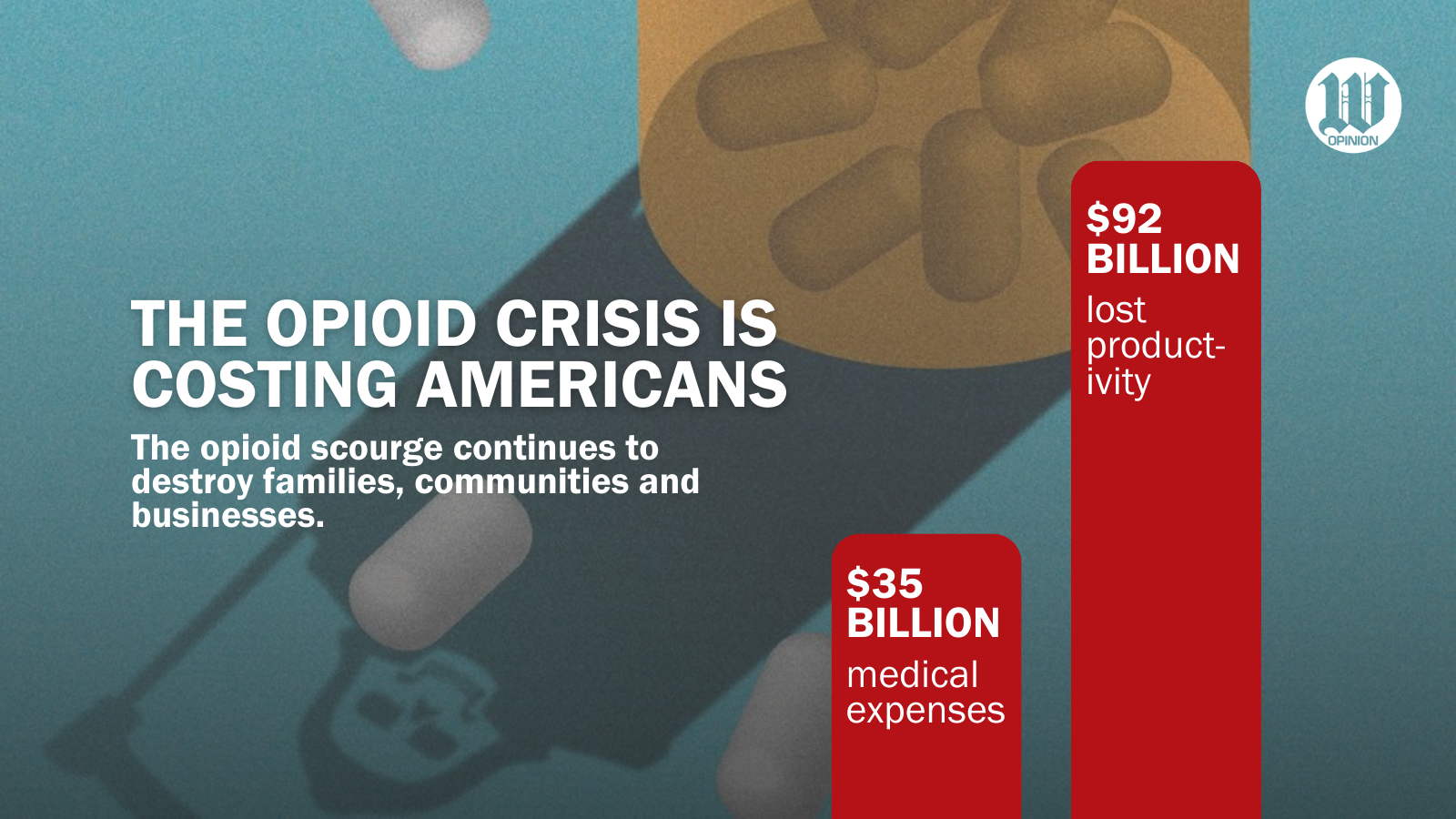OPINION:
The opioid scourge continues to destroy families, communities and businesses. The costs in productivity, tax dollars, health care and — most precious of all — lives have risen exponentially.
According to an August 2021 Pew Charitable Trusts report, the opioid crisis has cost Americans $35 billion in medical expenses and $92 billion in lost productivity. Combined, that’s several billion dollars more than the gross domestic product of oil-rich Kuwait.
As a surgeon, a university dean to students who will prescribe, and a U.S. citizen, I felt the need to make a difference. The University of Pittsburgh School of Dental Medicine was the first in the nation to successfully adopt an institution-wide alternative approach that is characterized as a “break-glass-only-in-case-of-emergency” approach to prescribing opioids. We created a protocol that works, thereby decreasing opioid prescriptions by 54.3% in its first year.
So-called Rust Belt states are suffering 300% to 500% increases in opioid overdoses. An April 2021 report from the Centers for Disease Control and Prevention found that the two states with the highest cost per capita of opioid use disorder and fatal overdoses were West Virginia ($7,247) and Ohio ($6,226). Neighboring Pennsylvania’s Drug Overdose Surveillance Interactive Data Report tallied 44,111 emergency room visits for opioid overdoses from Jan. 1, 2018 to June 24, 2022.

As Gerald Posner details in his remarkable investigative book “Pharma,” OxyContin produced $35 billion in sales from 1996 through 2019 after aggressive marketing, particularly in Appalachia. By 2011, OxyContin had become “the country’s most deadly drug” and surpassed the combined heroin and cocaine overdose death counts, even after a criminal guilty plea by the manufacturer and some of its executives four years earlier. The case for addressing the issue and turning the tide of opioid addiction could not be more urgent. Yet the press hasn’t shone a spotlight on it the way it did, say, the crack epidemic of the 1990s, and it has struggled to gain the traction required to spark meaningful solutions.
We live in challenging times in which a few tentpole issues grab most headlines. Often, these are very real concerns, but others are contentious and sensational with little effect on society, much less life and death. Editorial priorities are defined according to what garners readers, viewers and listeners. That is understandable, but is this approach truly helpful for the good of those very same audiences?
The opioid epidemic is personal to far too many people. A bold, multifaceted approach to combating the crisis is required from many quarters, including educators, legislators, criminal justice professionals, health care providers and insurance company leaders, just to name a few. There must be a concerted effort with a singular goal in mind: turning the tide of this addiction. It can and must be done.
At Pitt’s School of Dental Medicine, our track record since implementation of reforms has resulted in nearly an 82% improvement by using alternatives to opioids to treat pain. In an institution that provides nearly 3,000 pain medication prescriptions each year, this is a significant and meaningful result that can easily be replicated.
Pitt is but one institution, though. We encourage every university and academic medical system to adopt similar guidelines for their curriculum across all health services and disciplines. We also teach this approach, and as health care professionals graduate, they take the approach they learn to their practices and health care institutions. That, however, is only the beginning.
Legislation and policies to address the opioid epidemic are pending at many levels of government, bills that include provisions for funding and grants for treatment as well as enhanced Medicaid funding. In fact, Medicare pays a higher rate if certain benchmarks are met. Why not establish a benchmark for low opioid prescription thresholds and create incentives for providers to make responsible care decisions for pain control, as we do for low infection rates or other metrics?
With the high cost of health care, prudence calls for insurance companies to establish relevant guidelines for credentialing and even offer incentives for adhering to prescribing guidelines. This would be in everyone’s best interest, and it would not be too difficult to establish such standards and communicate them to clinicians and health care institutions. Practitioner and health system accountability is at the heart of beginning to solve this problem.
Action is required because the status quo is killing our patients and fellow citizens. First, those of us on the other side of the prescription pad would like to see a push for research and funding of pain management alternatives and adaptive, data-driven clinical trials to establish more proof that non-opioid approaches work. Second, we must also educate established practitioners about other options to treat and manage their patients’ pain without the risk of addiction.
Self-regulation has simply not worked. There has been little or no consequence for continuing to prescribe opioids, with no accountability or incentive attached to such a practice. The top 10% to 20% of opioid prescribers should be known to their organizations and relevant boards. Conversely, we need more champions who embrace opioid-free prescribing for responsible pain management.
Opioid litigation settlements have drawn headlines and attention. That has been somewhat helpful to garnering attention to the topic, but what is actually needed is a radical change in pain management prescribing — and we need it now. The crisis grows worse with every passing day, and so long as we fail to address it, the results of our apathy will continue to fill the obituary pages with the names of those we’ve failed.
• Dr. Bernard J. Costello is a professor and associate vice chancellor for health sciences integration at the University of Pittsburgh.




Please read our comment policy before commenting.